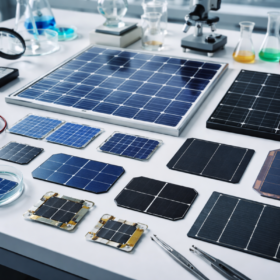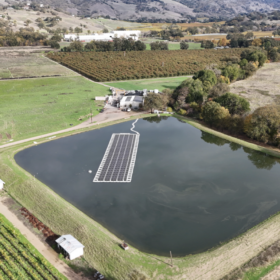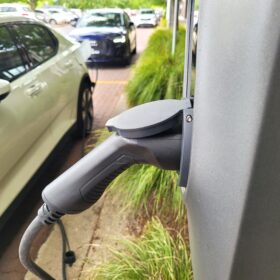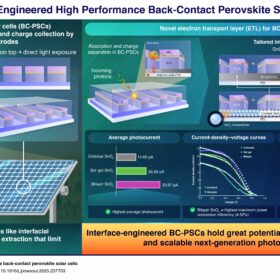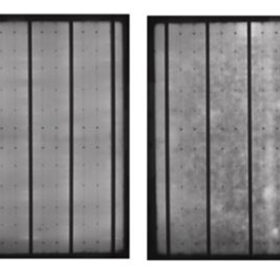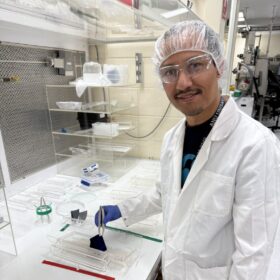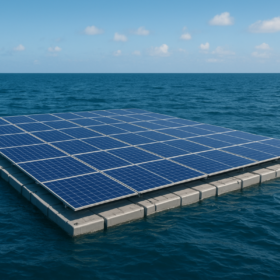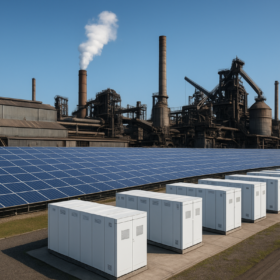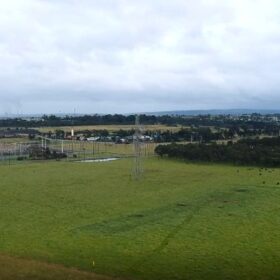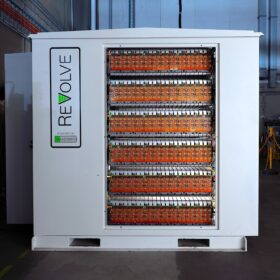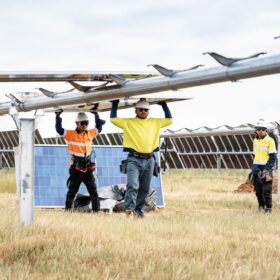All solar cell efficiencies at a glance – delayed
The research group led by Professor Martin Green has not published yet Version 67 of the solar cell efficiency tables, due to production delays. Green, however, has agreed to comment on some of the results to be added in the upcoming edition.
Facilitating DER/CER in Australia’s two-way energy system: report
The Australian Energy Regulator has released its third annual export services network performance report on facilitating consumer energy resources in Australia’s two-way energy system.
California winery runs all operations on floating and rooftop solar
A family-owned California winery has replaced grid electricity with onsite solar generation, reducing power costs and providing a live test site for floating photovoltaic research.
Researchers unmask fast charge potential of hard carbon anodes
Japanese researchers have found sodium-ion batteries using hard carbon anodes can intrinsically charge faster than lithium-ion batteries, challenging long-held assumptions in battery research.
Back contact perovskite solar cell efficiency improved with breakthrough research
South Korean researchers have developed a novel bilayer tin oxide electron transport layer for improving efficiency and stability of back-contact solar cells.
Renewables remain lowest-cost option says CSIRO report
The national science agency’s latest update on the cost of meeting Australia’s future power needs has again found firmed renewables provide the lowest-cost option for electricity generation.
Research reveals impact of laser-assisted firing on TOPCon solar cell performance
A group of researchers from the University of New South Wales and Chinese module manufacturer Jolywood has conducted a comprehensive assessment of how laser-assisted firing processes influence the behaviour of TOPCon cells under the thermal conditions encountered during soldering, lamination, and high-temperature stress.
ANU teams with Longi to explore doping options in solar wafer manufacturing
An international research team led by the Australian National University and Chinese module manufacturer Longi has investigated antimony-doped Czochralski-grown silicon ingots as an alternative to phosphorous-doped ingots in the manufacturing of PV wafers and has found they exhibit slightly higher mechanical strength.
Research provides cost benchmarking for offshore floating solar
An international team of researchers led by engineering consultancy RINA Australia has completed a preliminary techno-economic study on the global potential for offshore floating PV. The results provide project cost benchmarking, country-specific economic assumptions, and a global assessment of offshore solar’s levelised cost of electricity.
Study shows optimal solar-plus-storage sizing for heavy industry operation
Australian researchers developed a high-resolution energy modeling framework to assess how PV and batteries can supply 24/7 electricity to heavy industries, considering cost, grid interaction, and load flexibility. They found that while technology cost reductions help, smart grid integration and flexible industrial operations are far more effective in lowering electricity costs and enabling 100% renewable energy use.
